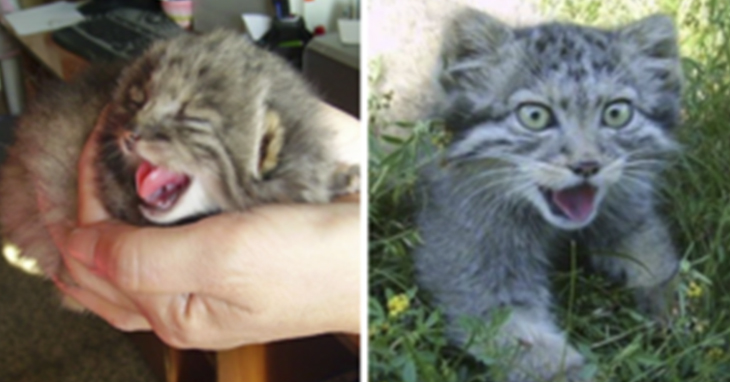By: Rosie McCall/IFL Science A terrifying, prehistoric-looking fish was found washed up on a beach after Hurricane Harvey.
A passer-by spotted the beached animal in Texas City, Texas. Preeti Desai, a science communicator for the Audubon Society, initially thought it was a sea lamprey but on closer inspection changed her mind.
Speaking to Earth Tough News, Desai said the encounter was “unexpected”.
“When I saw the mouth I thought no way was it a lamprey. It looked like something that came from deeper waters,” she added.
Totally boggled by this strange creature, she took to Twitter to see if she could find answers. And, as usual, Twitter didn’t disappoint.
https://twitter.com/preetalina/status/905578912348024834?ref_src=twsrc%5Etfw&ref_url=http%3A%2F%2Fwww.iflscience.com%2Fplants-and-animals%2Ffanged-fish-washes-up-on-texas-beach-postharvey-and-baffles-the-internet%2F
Dragon fish, blacktail moray, and ribbon fish were contenders, but there were also some slightly more “interesting” suggestions.
One person thought it could make for a nice pet.
New pets!!!!! (?)
— Christine Oh! (@cloreally) September 7, 2017
ITS A MYSTERY ALIEN MONSTER SCIENTISTS ARE BAFFLED HIDE YOUR KIDS HIDE YOUR WIFE AHHHHHHHH
— Dr. David Shiffman (@WhySharksMatter) September 7, 2017
And a lot of people thought it bared more than a passing resemblance to the monsters in Tremors (which to be fair, we get).
It's that thing from Tremors. Don't make any noise or sudden moves pic.twitter.com/MOSQVeDY7J
— RUSSIANS PEED ON ME (@BarryNMooch) September 14, 2017
But Preeti – and the Internet – finally got an ID on the fish.
Dr. Kenneth Tighe, an eel specialist and biologist at the Smithsonian National Museum of Natural History, reckons it’s a fangtooth snake-eel, otherwise known as the “tusky” eel. Perhaps you know it by its Latin name, Aplatophis chauliodus?
The fangtooth snake-eel is found in the Atlantic around the US and Cuba. Normally, they lurk in water 30 to 90 meters (100 to 300 feet) deep, making burrows in the seabed. Occasionally, they make their way to shallower ground. But in this particular case, it is very likely Hurricane Harvey had something to do with bringing the poor creature to shore.
There’s also the chance it belongs to the garden and conger eel family – the Congridae. But Tighe says this is less likely because the eel’s large teeth don’t fit the description of most species in the Congridae family.
“It might be Bathyuroconger vicinus or Xenomystax congroides,” Tighe told Earth Touch News. “All three of these species occur off Texas and have large fang-like teeth. Too bad you can’t clearly see the tip of the tail. That would differentiate between the ophichthid and the congrids.”
Meanwhile in Florida, post-Irma, a much cuter animal has been found washed up in Sarasota Bay. Fortunately, both manatees were returned safely to sea.




